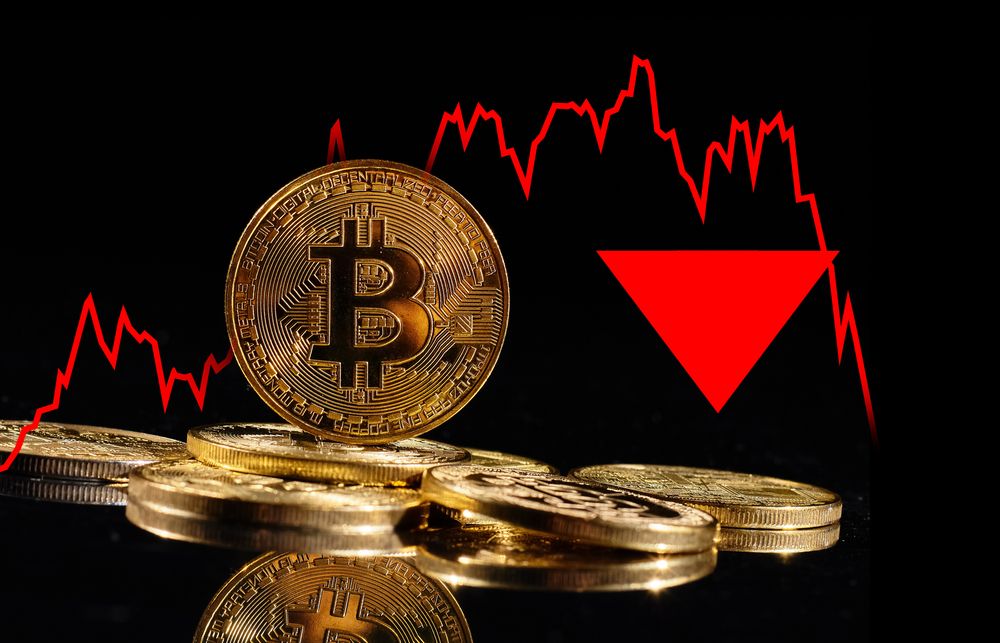Bitcoin to benefit from Trump presidency and MicroStrategy's plan: JPMorgan
Quick Take Donald Trump’s victory is expected to benefit both gold and bitcoin, JPMorgan analysts said. Bitcoin is predicted to get a further boost thanks to MicroStrategy’s $42 billion bitcoin acquisition plan, the analysts added.

With Donald Trump now having won the U.S. presidency, both gold and bitcoin are expected to perform well, according to JPMorgan analysts, who highlight the "debasement trade."
The debasement trade refers to an investment strategy that benefits from the devaluation or weakening of a currency, typically due to inflationary or expansionary fiscal policies. In this trade, investors buy assets like gold and bitcoin, which are seen as stores of value that can maintain their worth even as a currency's purchasing power decreases.
The debasement trade "is likely to be reinforced by both tariffs and geopolitical tensions as well as an expansionary fiscal policy ('debt debasement')," JPMorgan analysts, led by managing director Nikolaos Panigirtzoglou, wrote in a report on Wednesday. "We do not see the initial negative market reaction by gold as a rejection of the 'debasement trade' under a Trump win. After all, bitcoin, the other component of the 'debasement trade' rallied after the Trump win."
The price of bitcoin surged to an all-time high of $76,244 on Nov. 6, the day election results confirmed Trump's victory. The world's first and largest cryptocurrency is currently trading at around $75,100, according to The Block's Bitcoin price page .
When asked if JPMorgan has a 2025 price target for bitcoin, Panigirtzoglou told The Block, "We are positive on bitcoin into 2025," but declined to provide a specific price target.
Gold and bitcoin prices are expected to rise
The pace of central bank gold purchases will be crucial in determining gold's price trajectory through 2025, the JPMorgan analysts said. Central banks heavily increased gold holdings in 2022 after the Ukraine war erupted and sanctions on Russia were imposed, the analysts noted. While the People's Bank of China, the country's central bank, paused its gold purchases since last April, ongoing tariffs and geopolitical tensions are expected to drive further diversification by central banks, including the PBoC, away from dollar reserves and into gold, the analysts said.
Retail investors have also been backing both gold and bitcoin, with increased investments in gold and bitcoin ETFs since last summer, the analysts noted. They added that this trend will continue into 2025, and Trump's policies will likely support both assets.
In addition to Trump's policies, bitcoin is likely to receive a further boost from MicroStrategy, which has unveiled an aggressive bitcoin acquisition program through its "21/21 plan," the analysts said. The plan involves raising $42 billion in capital over the next three years, with half ($21 billion) coming from equity and the other half ($21 billion) from fixed-income securities. "For 2025 alone MicroStrategy would be investing $10 billion into bitcoin which is roughly equal to its cumulative purchases so far since mid-2020!" the analysts said. They have also projected MicroStrategy's debt and cumulative bitcoin purchases over the next three years, as shown in the chart below.

Disclaimer: The content of this article solely reflects the author's opinion and does not represent the platform in any capacity. This article is not intended to serve as a reference for making investment decisions.
You may also like
BTC Weekly Candle Closes at $80K After Bounce From 74.4K Support

Hedera price targets $0.19 after brief 1% spike

Dogecoin price set for 364% rally as RSI breakout pattern emerges

Grayscale expands altcoin list to 40 in April 2025 update, adds Dogecoin and PYTH trusts

